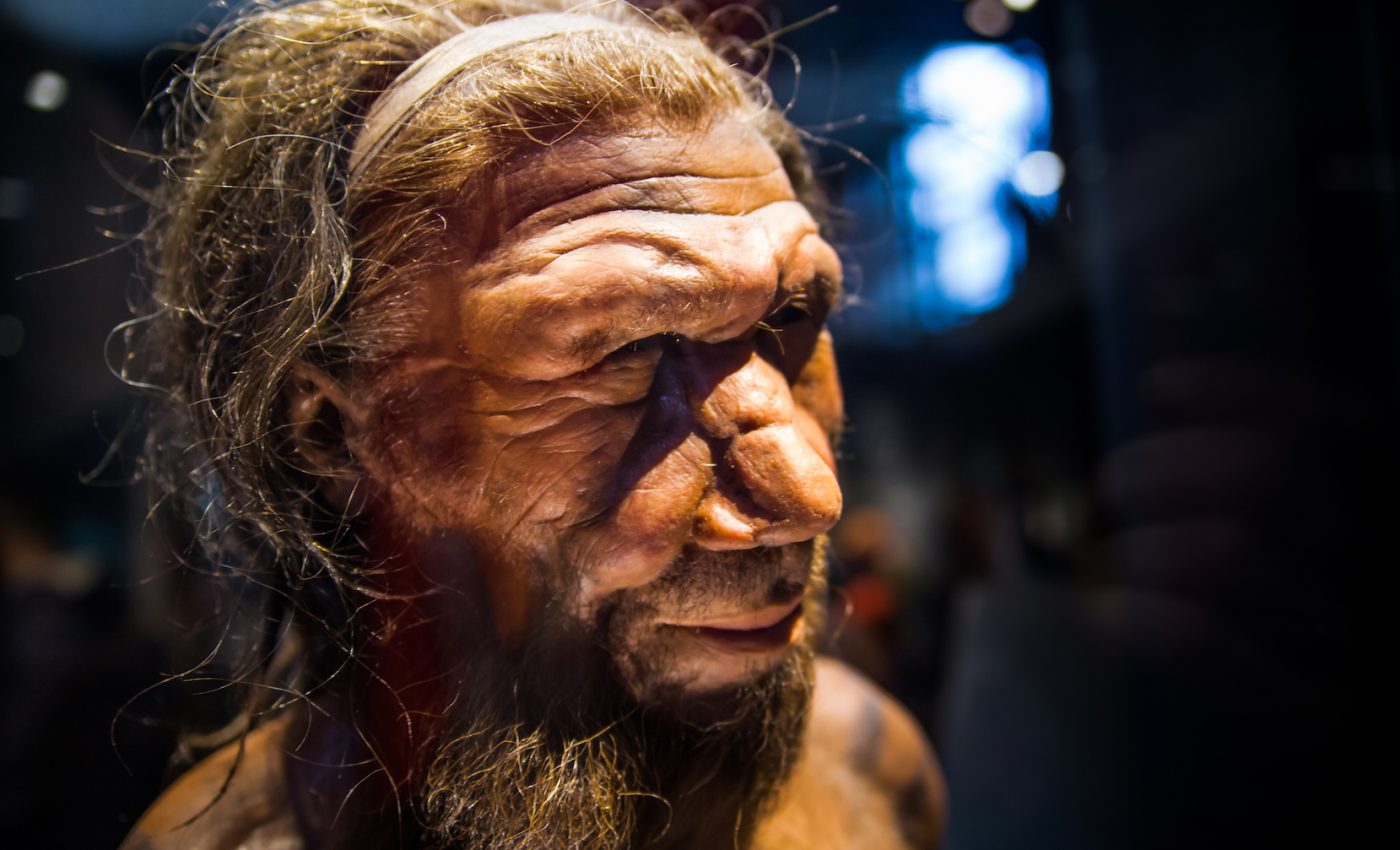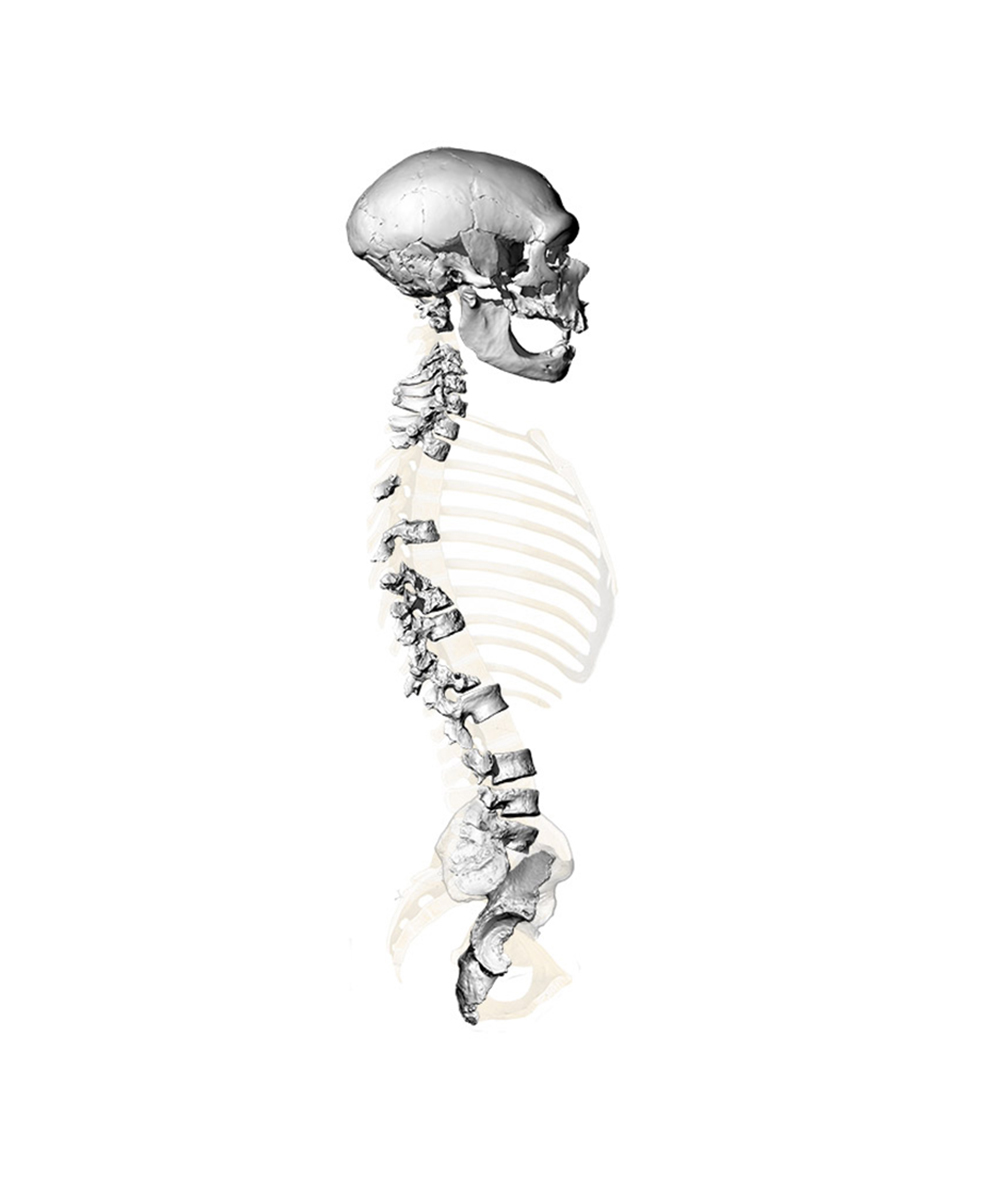
Neanderthals walked with the same upright posture as modern humans
A well-preserved skeleton found in France is giving experts new insight into the anatomy and movement of Neanderthals. After virtually reconstructing the specimen’s pelvis and spine, researchers at the University of Zurich (UZH) discovered that Neanderthals walked upright just like modern humans.
Early reconstructions of Neanderthals gave the impression that these early humans had poor posture and walked only partially upright. These observations, however, were primarily based on the skeleton of an elderly male Neanderthal.
For many decades, scientists have been aware that Neanderthals shared many similarities with modern humans. In recent years, the focus has shifted back to studying the differences. Study lead author Martin Haeusler, a specialist in Evolutionary Medicine at UZH, said, “Focusing on the differences is back in fashion.”
For example, recent studies have concluded that Neanderthals did not have a well-developed curved spine. These findings were based on the analysis of a few isolated vertebrae. But now, the UZH team has found evidence to suggest otherwise.
The researchers virtually reconstructed the skeleton from La Chapelle-aux-Saints. The computer model showed that Neanderthals had a curved lumbar region and neck, just like modern humans today.
The reconstruction of the pelvis revealed that the sacrum was positioned just like that of modern humans, which suggests that Neanderthals possessed a lumbar region with well-developed curves. When they pieced the individual lumbar and cervical vertebrae together, the experts found that this curvature was even more pronounced.
Furthermore, wear marks in the hip joint of the skeleton indicates that Neanderthals had an upright posture similar to how we carry ourselves today.
“The stress on the hip joint and the position of the pelvis is no different than ours,” said Haeusler. “On the whole, there is hardly any evidence that would point to Neanderthals having a fundamentally different anatomy.”
“Now is the time to recognize the basic similarities between Neanderthals and modern humans and to switch the focus to the subtle biological and behavioral changes that occurred in humans in the late Pleistocene.”
The study is published in the journal Proceedings of the National Academy of Sciences.
—
By Chrissy Sexton, Earth.com Staff Writer














